Losing weight demands some serious life changes. After all, you need to burn 14,645 more kilojoules (3,500cal) than you take in to lose half a kilo. But if you make a little change everyday, you could lose the same weight in a week - and it would be fairly painless.
"Kilojoule bargaining is all about making swaps and developing habits that are sustainable for the long-term rather than just depriving yourself," says nutrition and public health advocate Dr Charles Platkin. "A simple swap that cuts 2,000kJ (478cal) has a multiplier effect: If it's something you eat three to four times a week, you cut at leat 6,000kJ (1,434cal)."
To help guide you, we've put together 25 simple kJ-cutting tips to get you to your weight loss goal.
(Want to pick up some healthier habits? Sign up for FREE to get healthy living tips, weight loss inspiration, slimming recipes and more delivered straight to your inbox!)
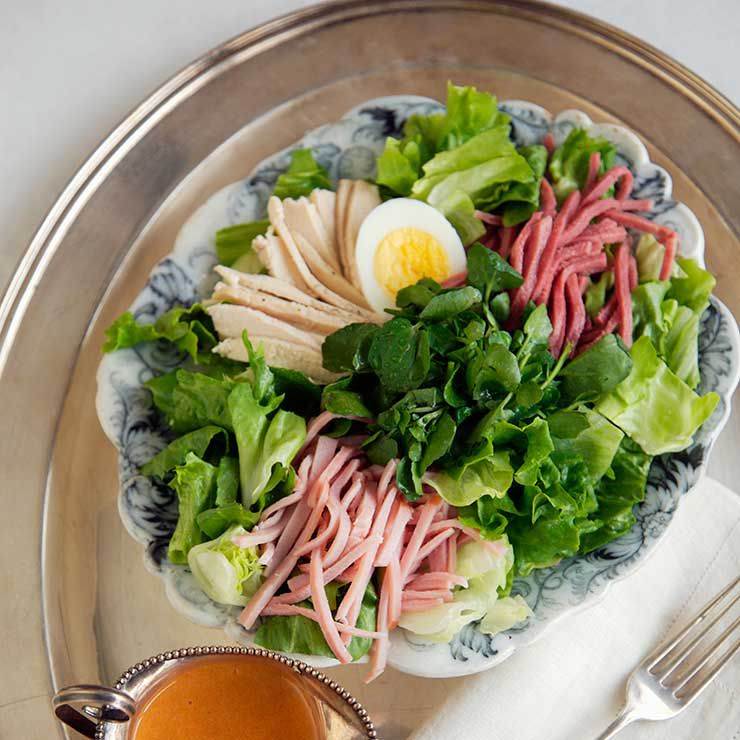

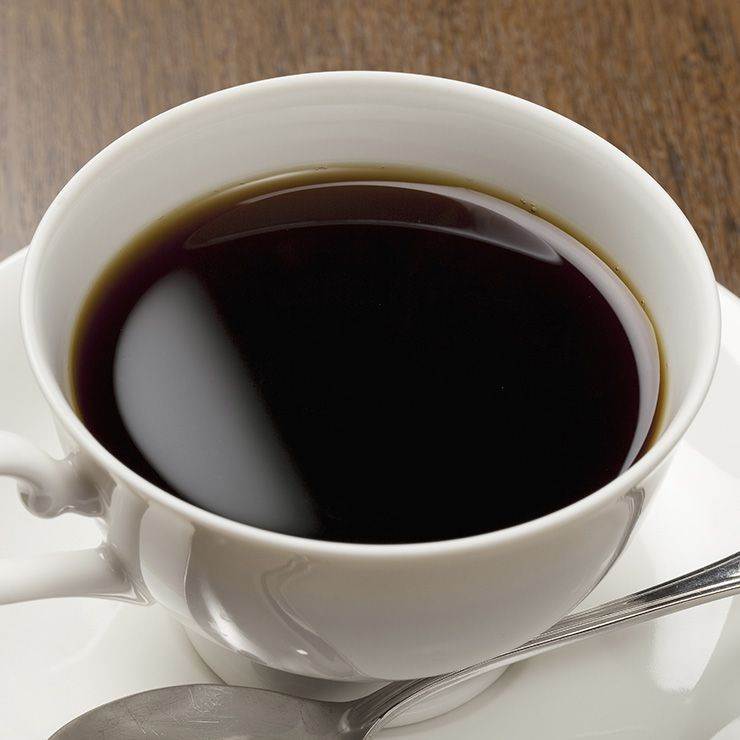


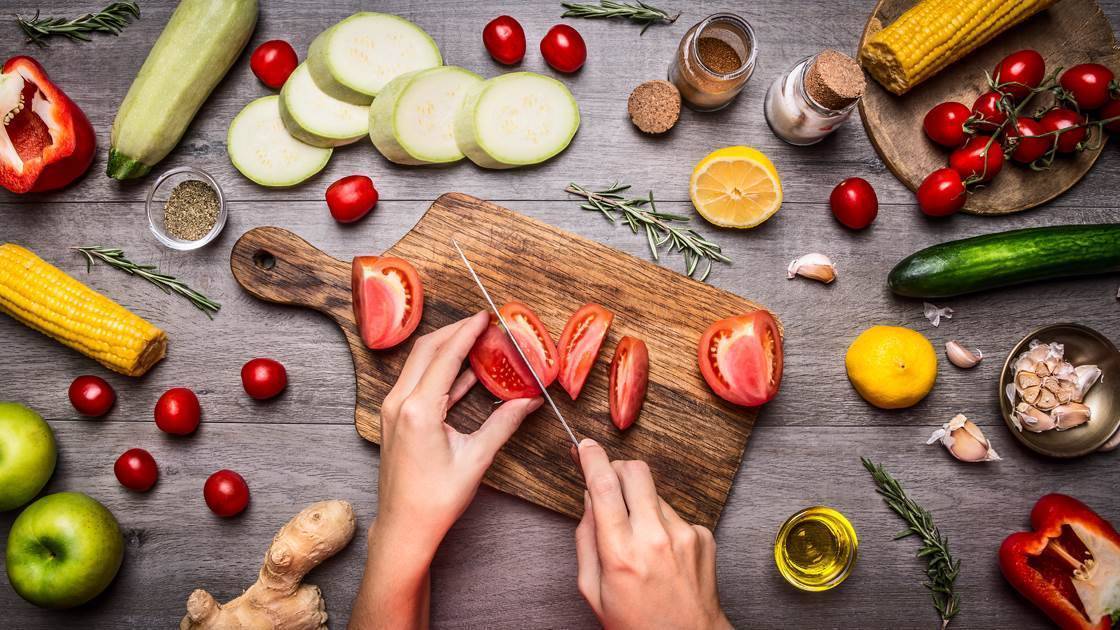

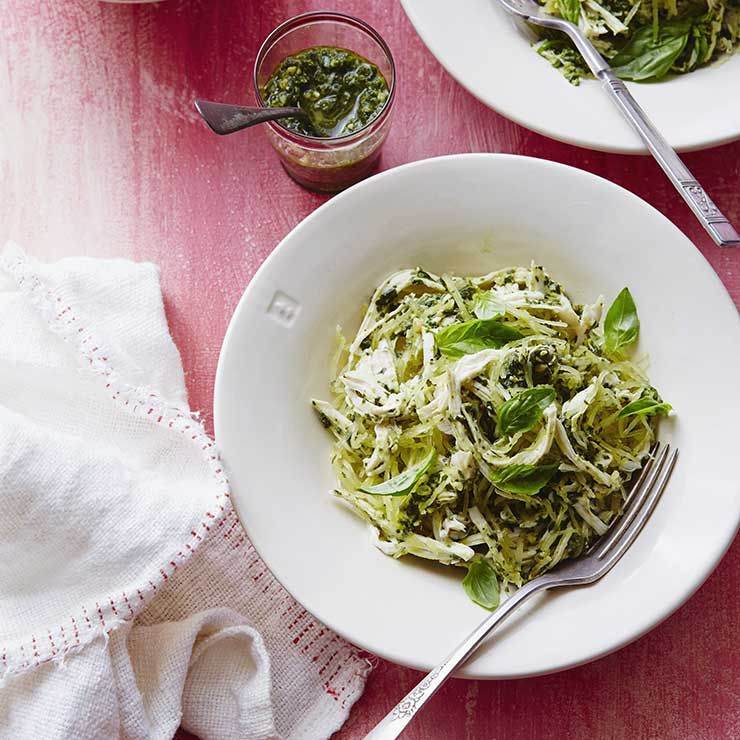

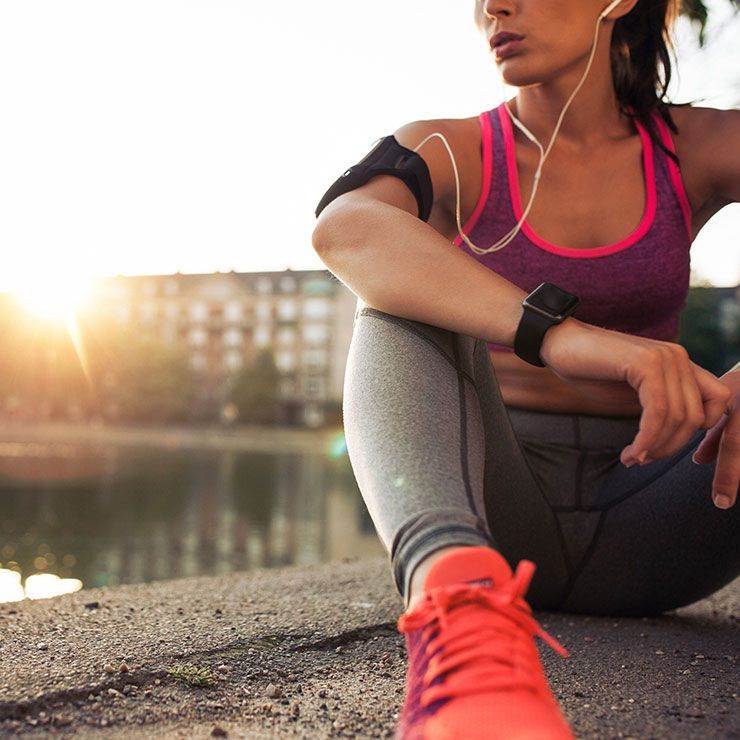
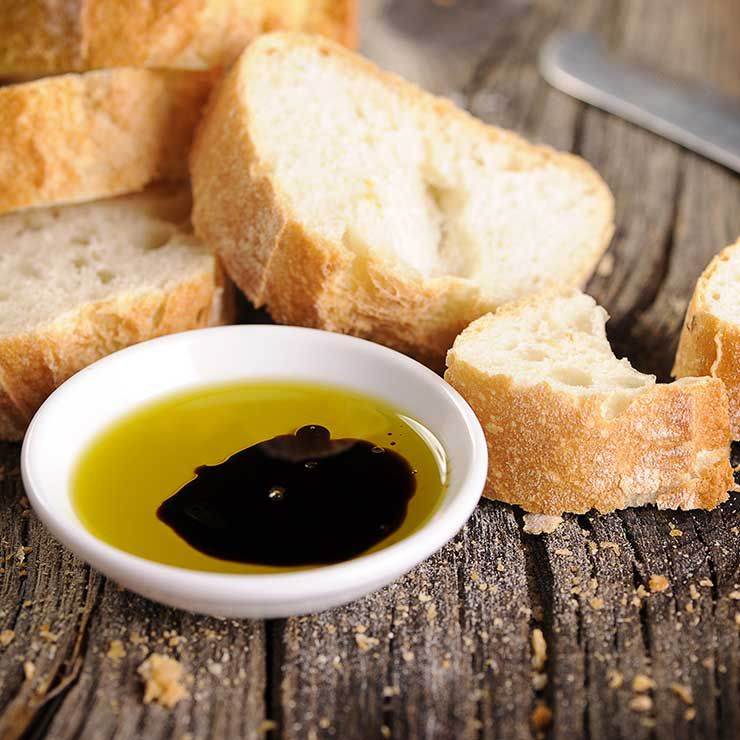
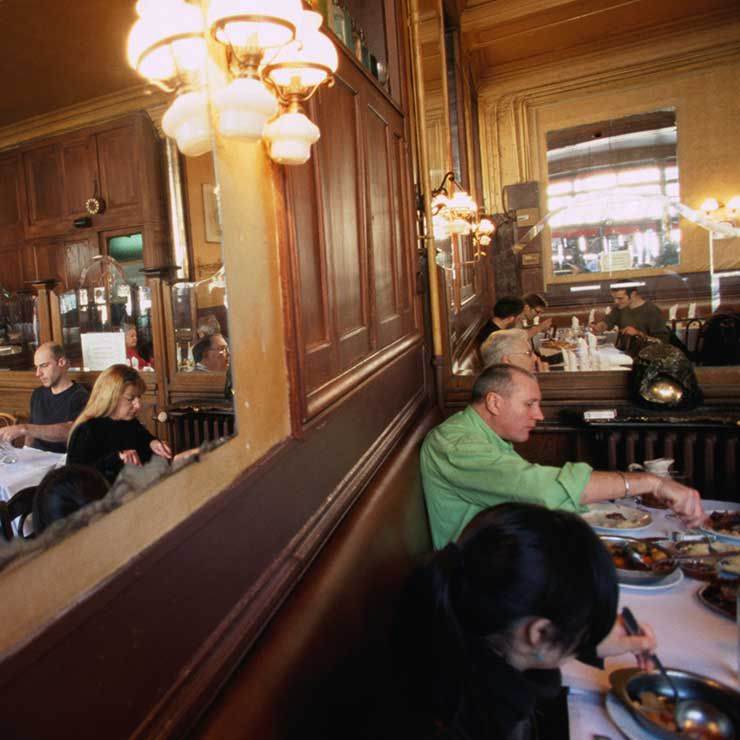

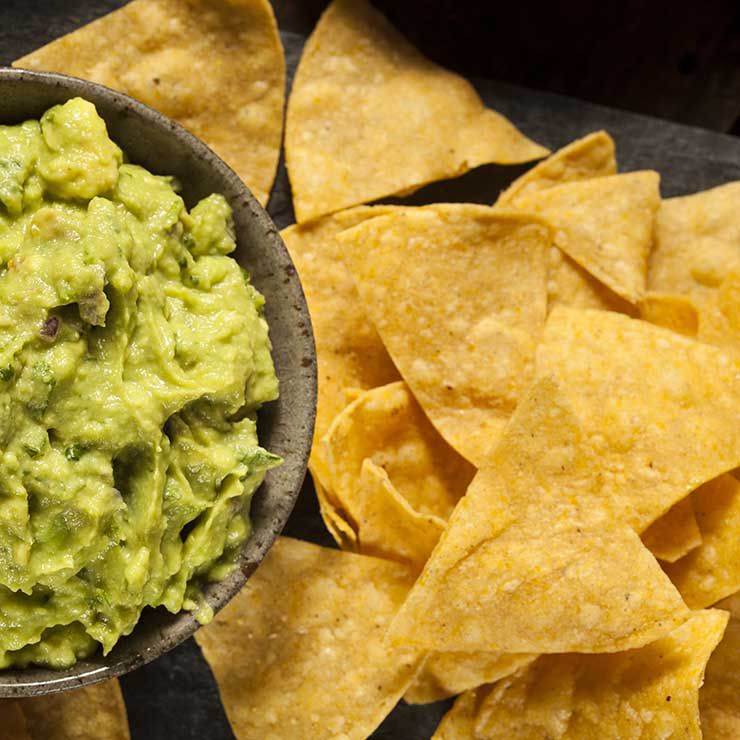




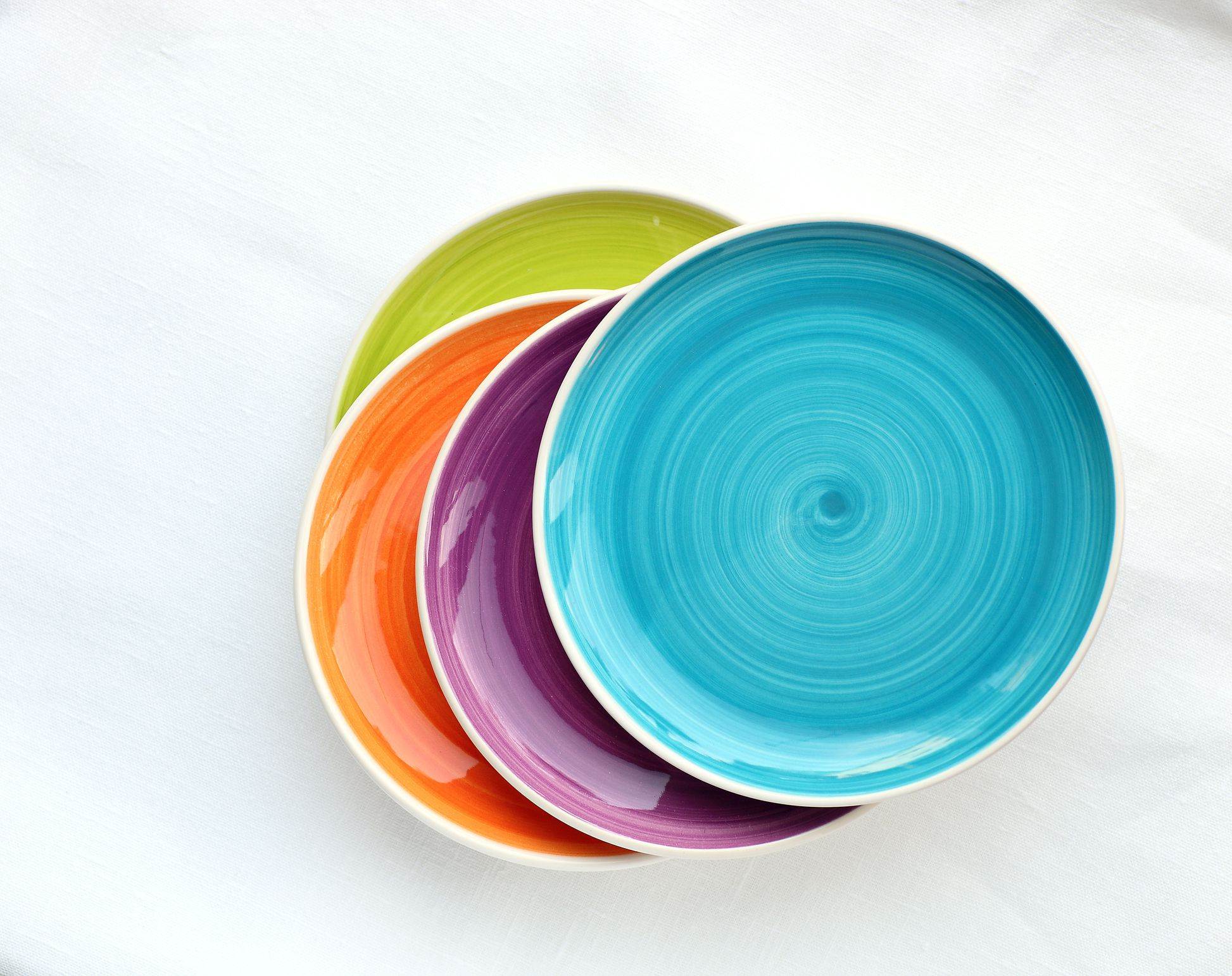

©Getty Images
1. Have your sandwich on a salad.
Two big slices of bread with mayo can tally up to 2,300kJ (550cal).
©Getty Images
2. Skip the happy hour margarita.
Bars that serve margaritas in 500mL glasses are tacking on around 3,350kJ (800cal)- more than a meal's worth of kilojoules.
©Getty Images
3. Opt for black.
A large latte with no added sugar has 920kJ (220cal), while a cup of black coffee has 8kJ. If you typically drink two cups, you're saving at least 2,000kJ (500cal) when you switch to black, Platkin says .
©Getty Images
4. Chew slower.
Chewing each bite twice as much as you normally do allows you to feel fuller on less food. Research suggests you can reduce what you eat at each meal by 420-500kJ (100-120cal) - eliminating nearly 1,670kJ (400cal) - and you can be satisfied on smaller snacks this way, as well.
©Getty Images
5. Quench your thirst with water and a lemon squeeze instead of soft drink.
You'll save nearly 835kJ (200cal) for every soft drink you skip; swap out three drinks a day and you'll easily clear 2,000kJ (500cal).
©Getty Images
6. Cook your meals at home.
A 2014 study found that people who cooked dinner at home consumed about 585 fewer kilojoules (140cal) than people who typically ordered in, dined out, or heated up pre-made meals. Make your own breakfast and lunch and you'll be nearing that 2,000kJ deficit.
©Getty Images
7. Don't sit still.
A Mayo Clinic study found that people who fidgeted throughout the day burned 1,465 more kilojouleles (350cal) than their sedentary counterparts did. Head out for a stroll for some window shopping during your lunch hour to burn an additional 630kJ (150cal).
©Getty Images
8. Put your fork down between bites.
Slowing your pace at meals will allow you to eat up to 1,255 fewer kilojoules (300cal) a meal, according to a study. Over a day, your savings will be well over 2,000kJ (500cal).
©Getty Images
9. Get 7 to 8 hours of sleep.
You'll cut at least 1,255kJ (300cal). Research shows that sleep deprivation not only slows our metabolic rate, but also increases our appetite for sweets. One study showed that people who slept 4 hours per night consumed 1,255 more kilojoules (300cal) than people who slept a normal amount. Well-rested folks are also much more likely to exercise, and even a short workout can burn 837kJ (200cal).
©Getty Images
10. Work out before breakfast-and don't eat after 7 p.m.
The combination will save about 2,175kJ (520cal). A recent Japanese study found that when you exercise before breakfast, you metabolise about 1,170 more kilojoules (280cal) throughout the day, compared with doing the same workout in the evening. And a study in the British Journal of Nutrition reveals that eliminating nighttime snacks helped people consume 1,004 fewer kilojoules (240 cal) daily.
©Getty Images
11. Don't dip your bread in olive oil.
Just a few slices will quickly add up to more than 2,000kJ (500cal) - and it won't put much of a dent in your hunger. Yes, olive oil is a healthy option, but as a condiment, it mostly adds kilojoules. Instead, avoid the bread plate altogether.
©Getty Images
12. Eat in front of a mirror.
A study published in the Journal of the Association for Consumer Research found that when people watched themselves eat in a mirror, they chose healthier options and ate about 1,675 fwe kJ (400cal) on average.
©Getty Images
13. Mix up your walks.
A study in Biology Letters found that adding short, fast bursts to your walks will burn up to 20 percent more kilojoules - even over speed walking. That means an hour-long walk could easily burn an extra 375-500kJ (90-120cal). Exposing yourself to cold air also burns extra calories by making the body more sensitive to the hunger hormone leptin. Study participants who spent 3 hours of the day exposed to cold burned 1,046 extra kilojoules (250cal).
©Getty Images
14. Don't touch the chips and salsa.
Those deep-fried salty chips you get at your favourite Mexican restaurant offer little nutritional benefit, and a basket of them packs a 2,700kJ punch (645cal). The balance of salt and satisfying crunch also makes it nearly impossible to stop noshing. Just say no.
©Getty Images
15. Eat mushrooms instead of meat.
In a Johns Hopkins study, people who substituted mushrooms for red meat ate 1,858 fewer kilojoules (444cal), enjoyed their meal just as much, and felt just as full. The only thing missing? The kilojoules.
©Getty Images
16. Chew gum and drink even more water.
When volunteers in this study chewed sugar-free gum for an hour in the morning, they ate 286 less kilojoules (67cal) at lunch. Do the same thing in the afternoon and you'll be more than doubling your savings at dinner. Plus, people who drank an additional one to three glasses of water a day cut food intake by 858kJ (205cal), according to a new study in the Journal of Human Nutrition and Dietetics.
©Getty Images
17. Sneak in your own snacks.
Believe it or not, the large popcorn at the movie cinemas concession packs a whopping 4,310kJ (1,030cal). To cut back, smuggle in a snack-sized bag of popcorn (which typically clocks in around the 585kJ mark) and save up to 3,475kJ (830cal).
©Getty Images
18. Put away your phone during lunch.
People who looked at their phone during lunch, whether to peruse social media or to lose themselves in Candy Crush, tended not to remember their meal well, felt less full, and snacked more in the afternoon - and they ate about 837 more kilojoules (200cal) a day, found a American Journal of Clinical Nutrition study. Taking some time to clear your mind during the day will also save kilojoules: Stress ramps up your fat-storing hormones and often leads to bad food choices. In a study of women over 50, those who felt stressed during the previous 24 hours took in 585 more kilojoules (104cal) than relaxed women did.
©Getty Images
19. Use smaller plates.
If you use a 10-inch plate instead of a 12-inch plate, you’ll eat up to 25 percent less, according to one Cornell study. That means if you eat about 2,300kJ (550cal) per meal, you could save about 1,760kJ (420cal) per day. The best part? You won’t feel any less full, either, researchers say.
©Getty Images
20. Eat fruit before every meal.
Eating a piece of fruit 15 minutes before a meal could help you consume nearly 836kj (200cal) less, according to a study. Do that three times a day and you’ll have saved 2,510kJ (600cal).






.png&h=193&w=250&c=1&s=1)

.png&h=193&w=250&c=1&s=1)
